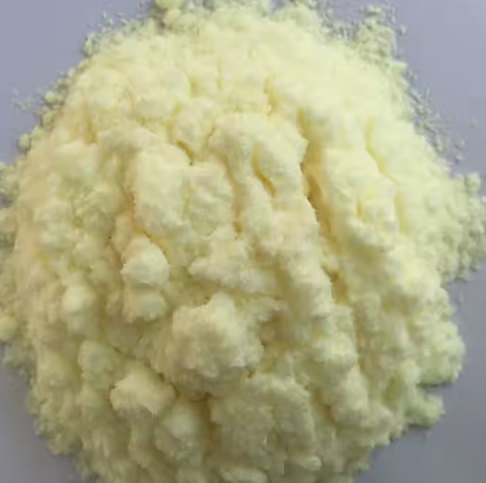The dangers of Octabenzone.
Jul 2,2024
Oxybenzone — also called benzophenone-3 and sometimes Milestab 9, Eusolex 4360, Escalol 567, or KAHSCREEN BZ-3 — is a chemical compound that is the active ingredient in most over-the-counter sunscreens and other personal care and skincare products. It's a UV-ray blocker that is highly effective in slowing human skin's absorption of harmful UVA and UVB rays. Octabenzone is a stabilizer that can also be found in polymers, paints, and coatings. It is used as a light (UV) stabilizer that helps prevent fading and maintain a product's colour when exposed to light over time.

Octabenzone showed no effects on fertility and on offspring in an updated GLP-compliant OECD TG 422 study on rats up to the dose level of 1000 mg/kg bw/day; a previous, old four-generation feeding study in rats was considered inconclusive, but it was superseded by the evidence provided by the new and adequate TG 422 study. Octabenzone did not elicit maternal nor developmental toxicity in the OECD 414 study up to the dose level of 1000 mg/kg bw/day. The available in vitro and in vivo studies indicated no endocrine-disrupting potential.
However, Oxybenzone is harmful to marine wildlife species. Oxybenzone can directly enter the ocean when vacationers, swimmers, surfers, and the like use toxic sunscreen on their bodies and get in the water. Oxybenzone can also enter our oceans through less direct paths. After being applied topically, Oxybenzone is absorbed through the skin and excreted through urine, which flows into wastewater systems that eventually reach the ocean. The same happens for any oxybenzone that washes off the skin as residue in a bath or shower.
Oxybenzone is harmful to coral. First off, Oxybenzone contributes to coral bleaching because it is "a skeletal endocrine disruptor". Several studies have shown that Oxybenzone also damages the DNA of young coral reefs and disrupts their normal growth and development. This inhibits their ability to reproduce healthily and causes physical deformities that make them even more susceptible to coral bleaching — and even death. Oxybenzone- and other chemical-based sunscreens have been found to cause viral infection and starvation in corals. Oxybenzone doesn't just stop at coral reefs; it's equally toxic to other marine wildlife species, like fish.
- Related articles
- Related Qustion
- Octabenzone: an effective ultraviolet light absorber Mar 31, 2025
Octabenzone is an ultraviolet light absorber (UVA) of the benzophenone class, imparting good light stability for plastics and other organic polymers.
Supplementation with pyridoxal 5'-phosphate monohydrate can synthesize neurotransmitters such as dopamine and serotonin, maintaining a healthy nervous system.....
Nov 4,2025Biochemical Engineering1,4-Dioxane, a cyclic ether first reported synthesized in 1863, poses a cancer risk when released into the air and people breathe it, but the chemical doesn't stick around in outdoor air.....
Jul 2,2024Organic ChemistryOctabenzone
1843-05-6You may like
- Octabenzone( UV 531)
-

- $0.00 / 1kg
- 2025-12-17
- CAS:1843-05-6
- Min. Order: 1kg
- Purity: 99%
- Supply Ability: 20MT
- Octabenzone
-

- $0.00 / 1KG
- 2025-12-17
- CAS:1843-05-6
- Min. Order: 1KG
- Purity: 99.0%
- Supply Ability: 500kg/month
- UV-531 2-Hydroxy-4-n-octyloxybenzophenone
-

- $1.00 / 1KG
- 2025-12-12
- CAS:1843-05-6
- Min. Order: 1KG
- Purity: 99%
- Supply Ability: 1KG 100K






